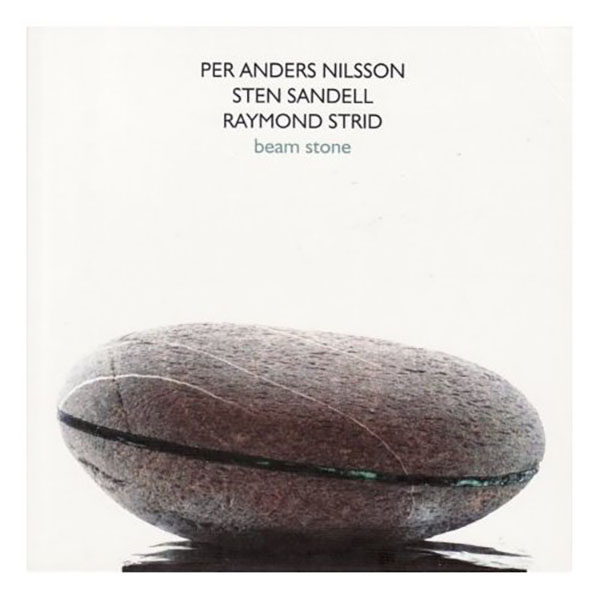
by Tim Owen
November 02, 2009
/ ALBUM
Electronics merge with more traditional instrumentation to produce music of rhythmic surprise and considerable textural depth
Per Anders Nilsson - Computer and synthesizer
Sten Sandell - Piano, prepared piano, electronics and voice
Raymond Strid - Percussion
The instrumentation of the Beam Stone trio (all new names to me) might suggest similarities with Polwechsel (whose “Field” I have also reviewed for the site) but the two units couldn’t be more different. Heard back-to-back the two recordings complement each other while demonstrating how vast the possibilities of lower-case improv can be. Beam Stone also shows how electronics can be integrated with more traditional instrumentation to enrich rather than compromise the essential elements of jazz. It is the sound of human interaction and spontaneous creativity yielding music of rhythmic surprise and considerable textural depth.
On the first track of Beam Stone each of the instruments is readily identifiable. Strid’s subtly multi-faceted and hyperactive percussion creates a world of sound within which Nilsson entwines complementary noises that evoke nature: frictions and rustlings. Into this setting Sandell’s piano occasionally intrudes, rapid keyboard trills that only escalate percussively when Strid likewise hits harder. It’s all nicely resolved in just over five minutes.
This sets a template for the album as a whole, although individual tracks have markedly different characteristics. Refraction, for example, is meticulously detailed, highlighting the delicacy of each interaction. Sometimes, as on Threads, the sounds are more crude, the contrasts between them more distinct. Threads deploys electronic oscillations, clattering percussion and flute-like sounds (no telling which instrument produced those) among other noises, but it’s all integrated just as finely.
To attempt to describe this recording track-by-track would be futile, though each track draws the listener in uniquely; it’s rather like listening to close-mic’d field recordings from nature by, say, Chris Watson. Many of the smaller sounds are distinctly insectoid, although identifiably free-jazz elements predominate, and Sandell’s piano in particular ensures that things never get too abstract; it’s all radically musical. Surprising elements will frequently trigger external musical associations. Although on paper this might all sound rather random this couldn’t be further from the truth; each of Beam Stones tracks sounds like an entire ecology of sound and is utterly engrossing. Hear it, for the best results, on headphones.
blog comments powered by Disqus